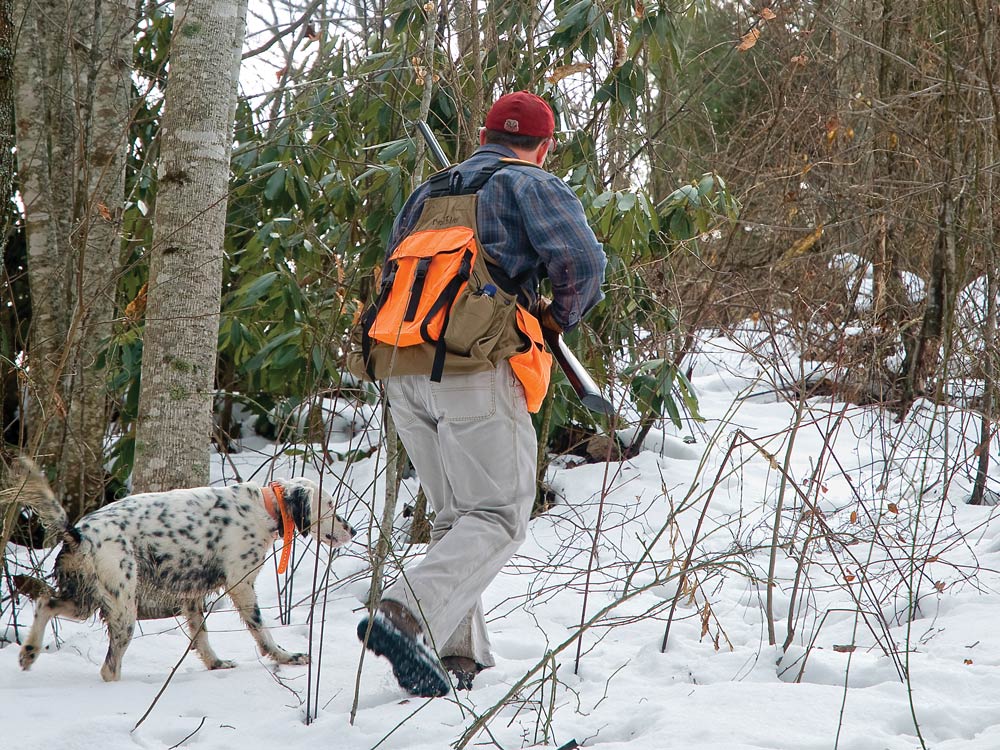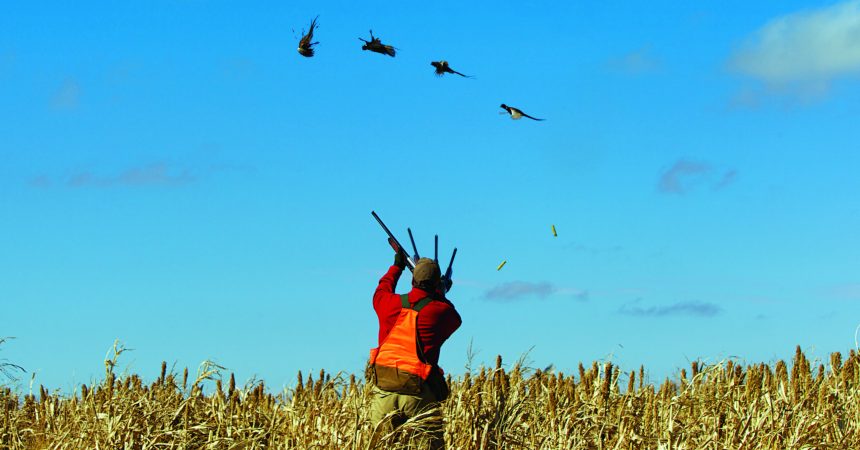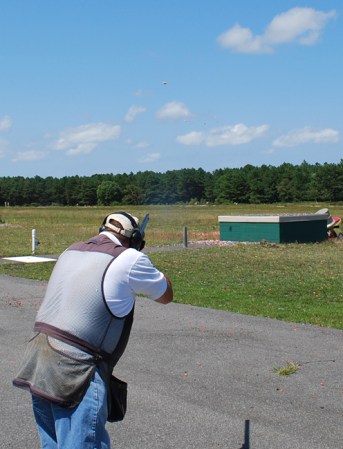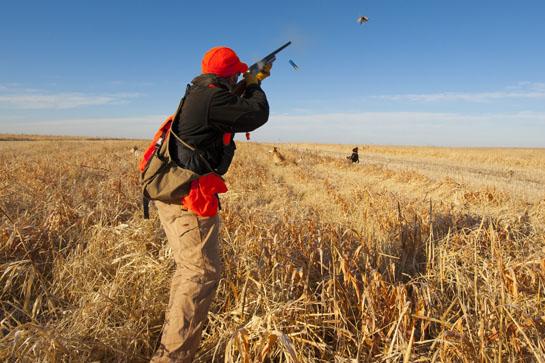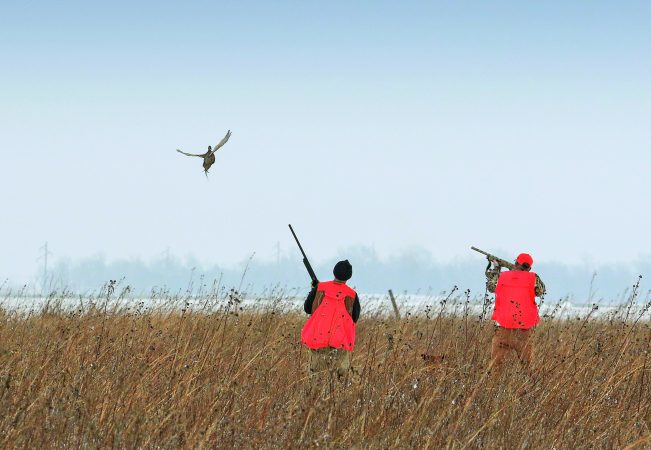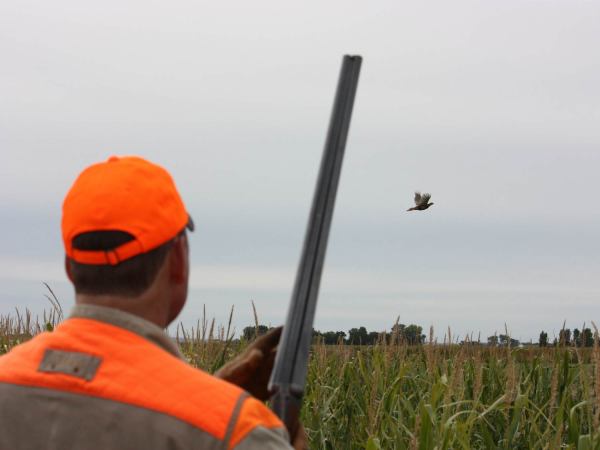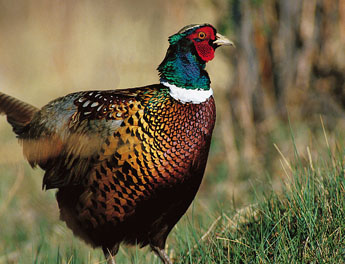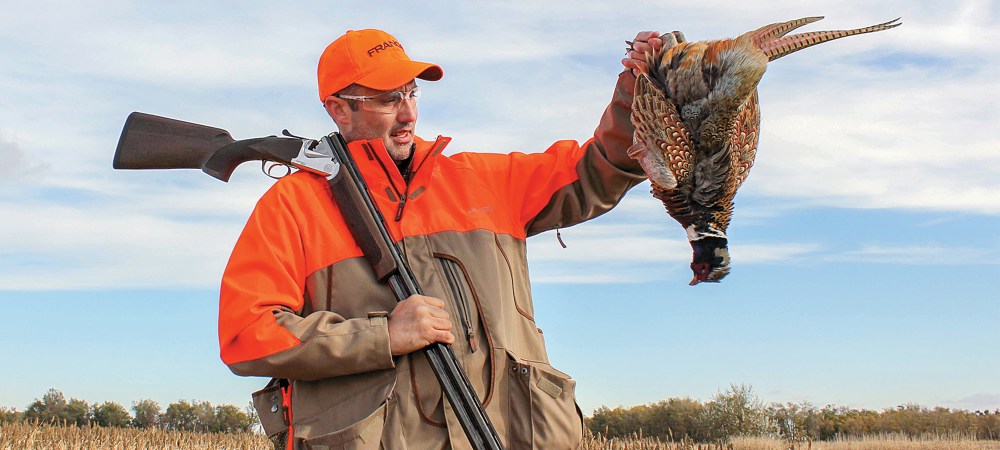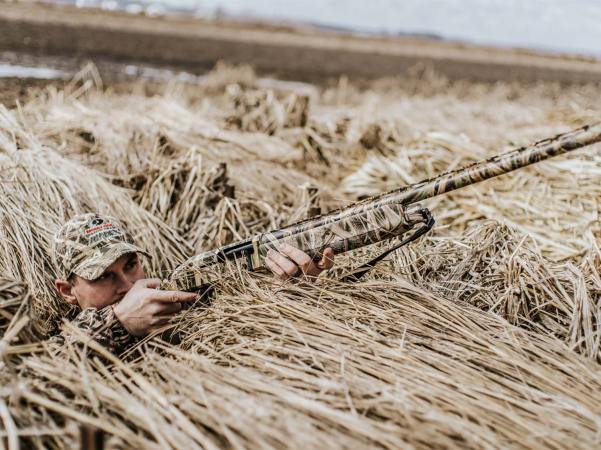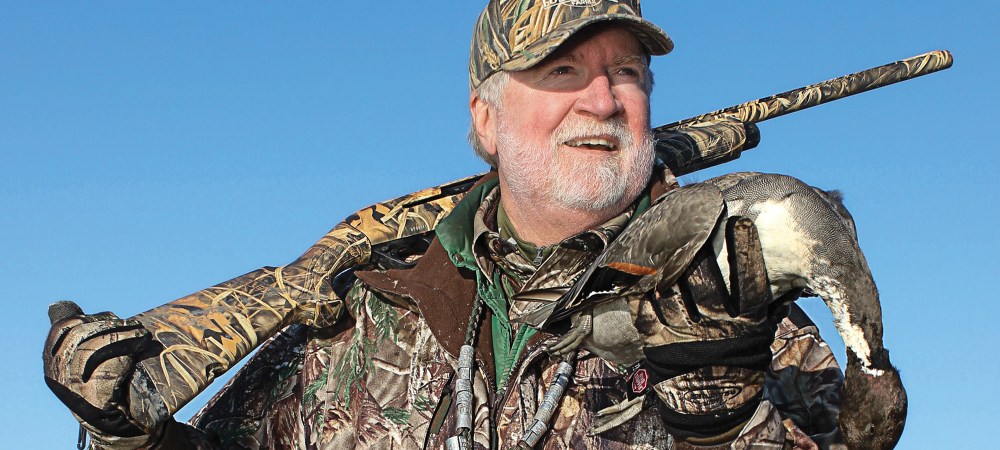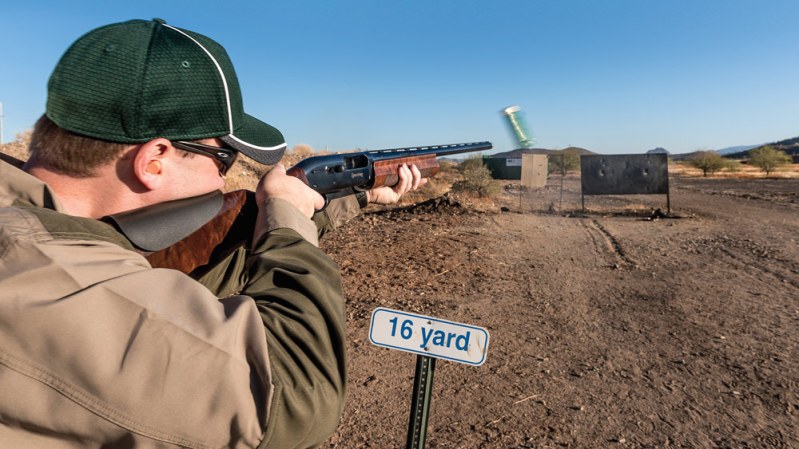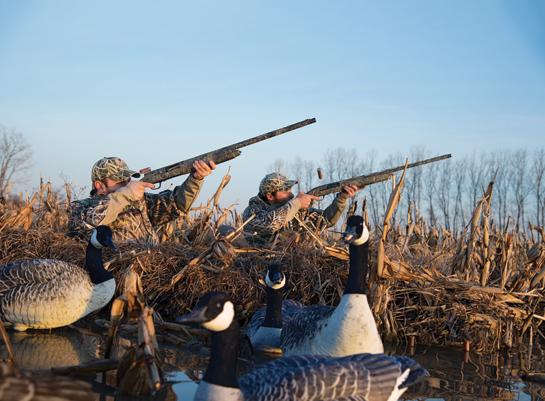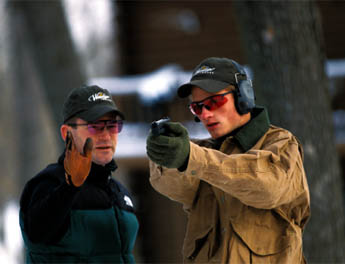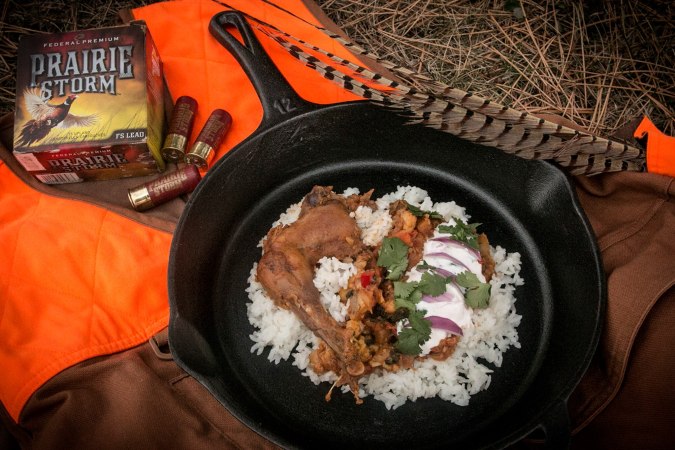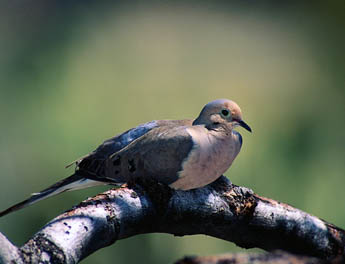Rules sometimes just need to be broken. At least that’s true with a shotgun. A huge part of properly shooting a shotgun has always focused on foot placement. A common mantra with shooting instructors is: “You must have the correct stance if you intend to hit the target.”
All well and good if your targets are predictable and you have time to get into position. Foot placement is probably important if your clay birds require you yell “Pull,” or if your feathered birds are described by pretentious writers as “gentlemen” and they hold for the pointers. But for shooting in a less predictable world, it might benefit you to remember that you don’t operate a shotgun with your feet. You point the shotgun with your upper body. And if you can focus on that rather than on foot placement, you will be able to make shots in a much wider range of shooting situations.
I cut my wingshooting teeth hunting ruffed grouse without a dog. If quail are gentlemen, then grouse are jerks. They always seem to flush when you are tangled in a barbed-wire fence or a blackberry bramble, or are crawling under a low branch. If you want to have success under these circumstances, you learn to shoot fast and to shoot from the position you are in, not the one your shooting coach diagrammed in a book.
Read Next: How to Bag a Limit of Pheasants All on Your Own
I also love to hunt rabbits and hares with dogs. Surprisingly, this can present some of the toughest “wingshooting” challenges in hunting. For example, we were hunting snowshoe hares in northern Vermont late one winter. I was standing beside a deep path worn into the snow from the hares, listening to the dogs in front of me, when a white blur came running up from behind. The hare saw me and swapped directions. As I turned, one of my snowshoes broke through the crust and dumped me backwards into the deep snow. I managed to twist my upper body and fire a shot. Somehow that magic computer in my brain figured all the compound angles and my Fox Sterlingworth tumbled the running hare.
That’s extreme, but if you can learn to shoot well when your feet are out of position, you will be much more successful as a hunter.
Woods Walk
One way to practice is to walk along the range or a safe woods road followed by a person with a hand thrower for clay birds. The targets are launched at the discretion of the person with the thrower, usually when the shooter is in the worst position to shoot. The idea is that the shooter must be ready to engage a target at all times and from any and all positions. A variation is to have a stationary target thrower previously placed on the course in addition to the targets being thrown by hand. That way the “trapper” can present multiple target scenarios without warning.
Surprise Clays
Another excellent drill is for a shooter to walk the pathway on a trap field, going from the far yardage up to 16 yards, and have the thrower pull clays at his discretion. Or to walk along a skeet range with your shotgun at the low ready as you would when hunting. The trapper throws the bird randomly so as to catch you in mid-step or out of position.
Learning to shoot with your feet out of position isn’t easy, but at the end of the day, it will increase the weight in your game bag.
